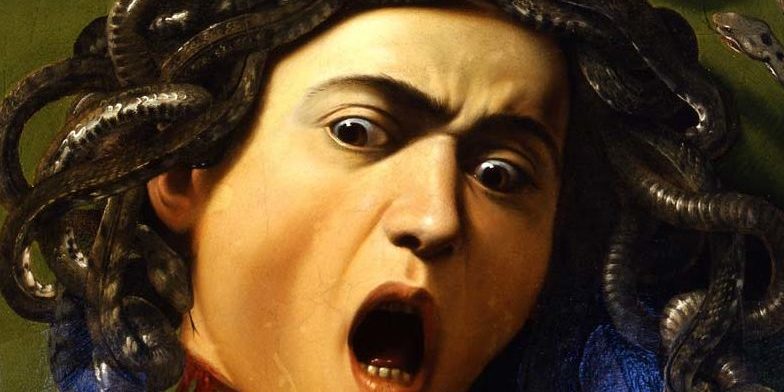In this painting painted for Pope Urban VIII, Caravaggio exposes
the horror of a father's willingness to sacrifice his son. The spectator
assists in distress at the moment in which an angel, of human appearance, stops
with an energetic gesture the hand Abraham before he slams Isaac, his
firstborn, while pointing to the ram. The scene is brutal. The young man, naked
and with his arms tied., Is debated with his head resting on a stone, held by
the neck by the hand of his father, who has already relaxed the tension at the
intervention of the angel.
The diagonal light
illuminates the three characters, leaving in the gloom the lamb that is to
replace Isaac, and highlights the face of the angel, Abraham, who becomes
surprised and the victim. Likewise, the faces of Abraham and Isaac are turned
towards the light, which makes it possible to accentuate the expressions of
pain of both. With mastery, Caravaggio emphasizes the drama, although not the
violence of the scene, in the way of painting the hands, assembled linearly.
The arms the three characters bring the viewer's gaze and at the same time
bring depth to the picture. The scene is located somewhere in the Roman
countryside and not in the arid places where the biblical event took place.




